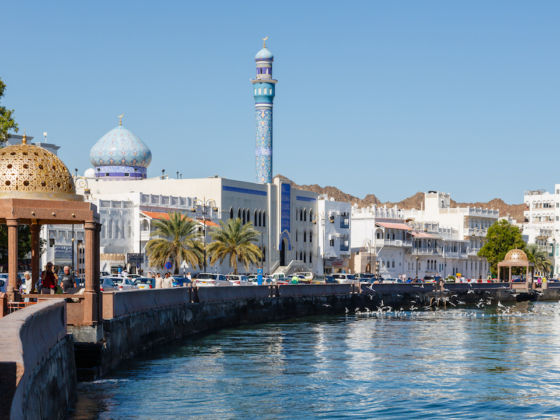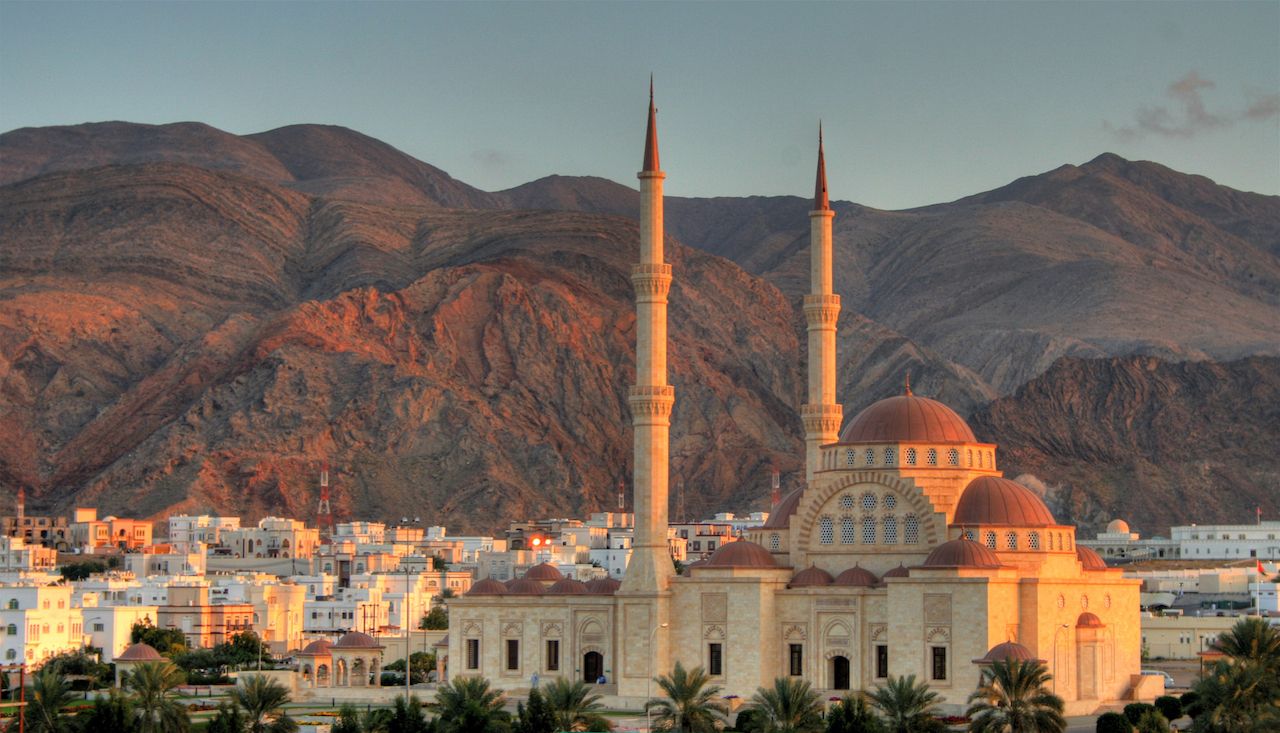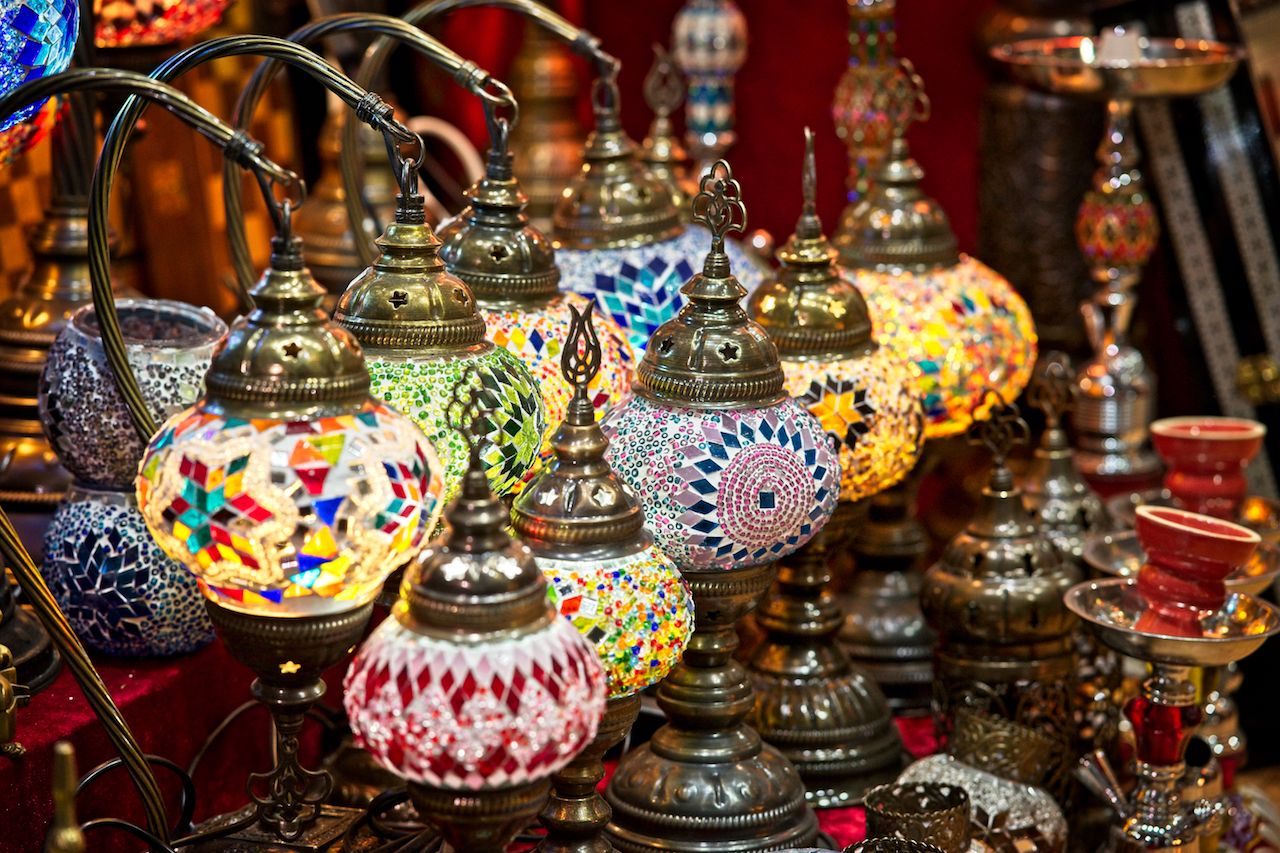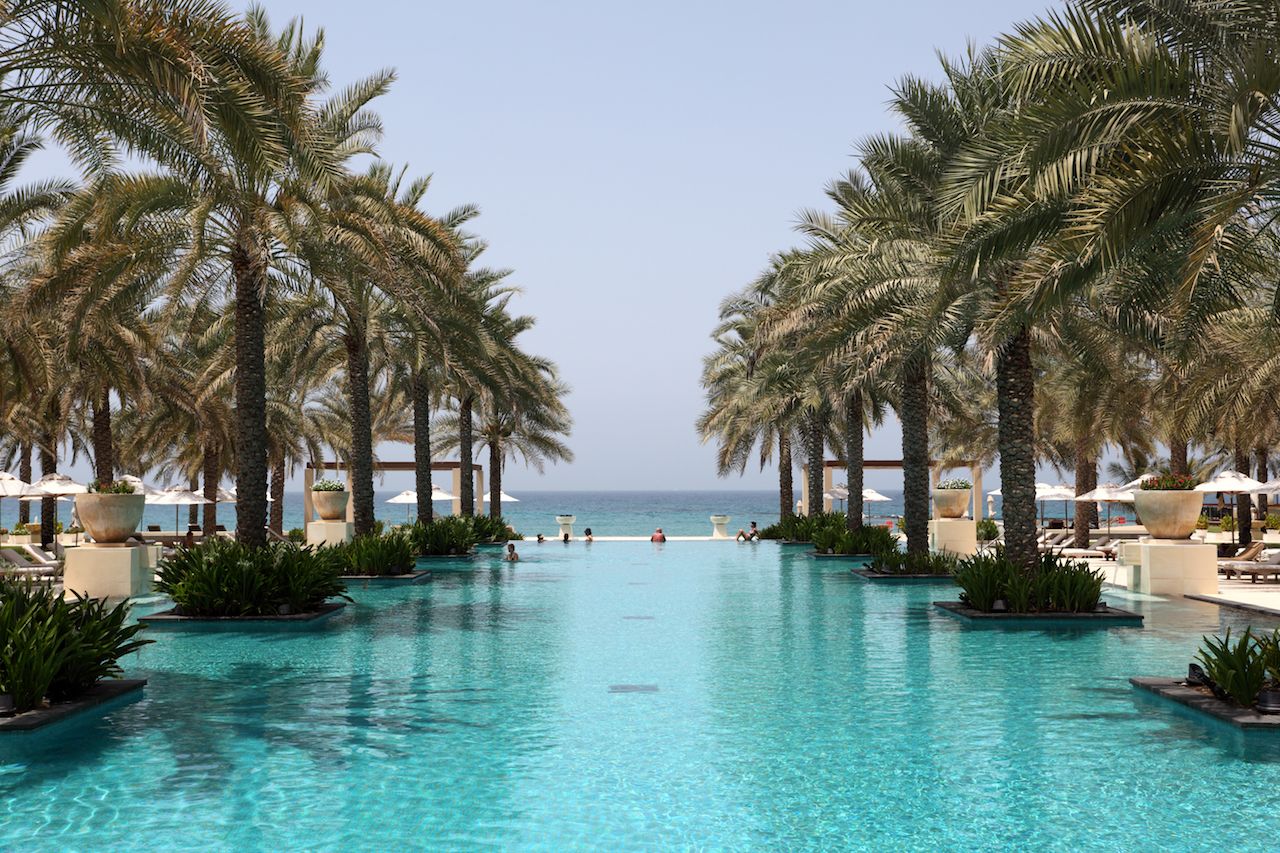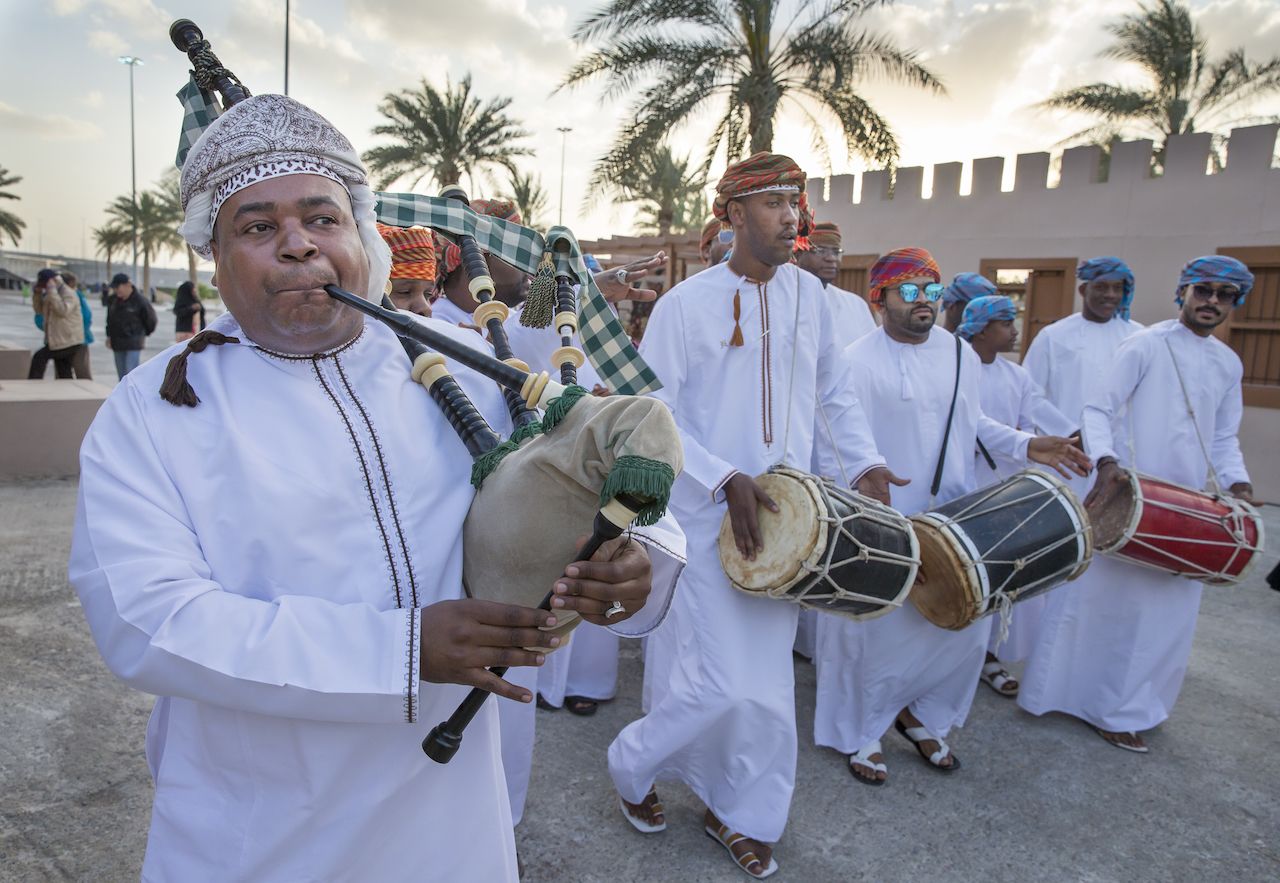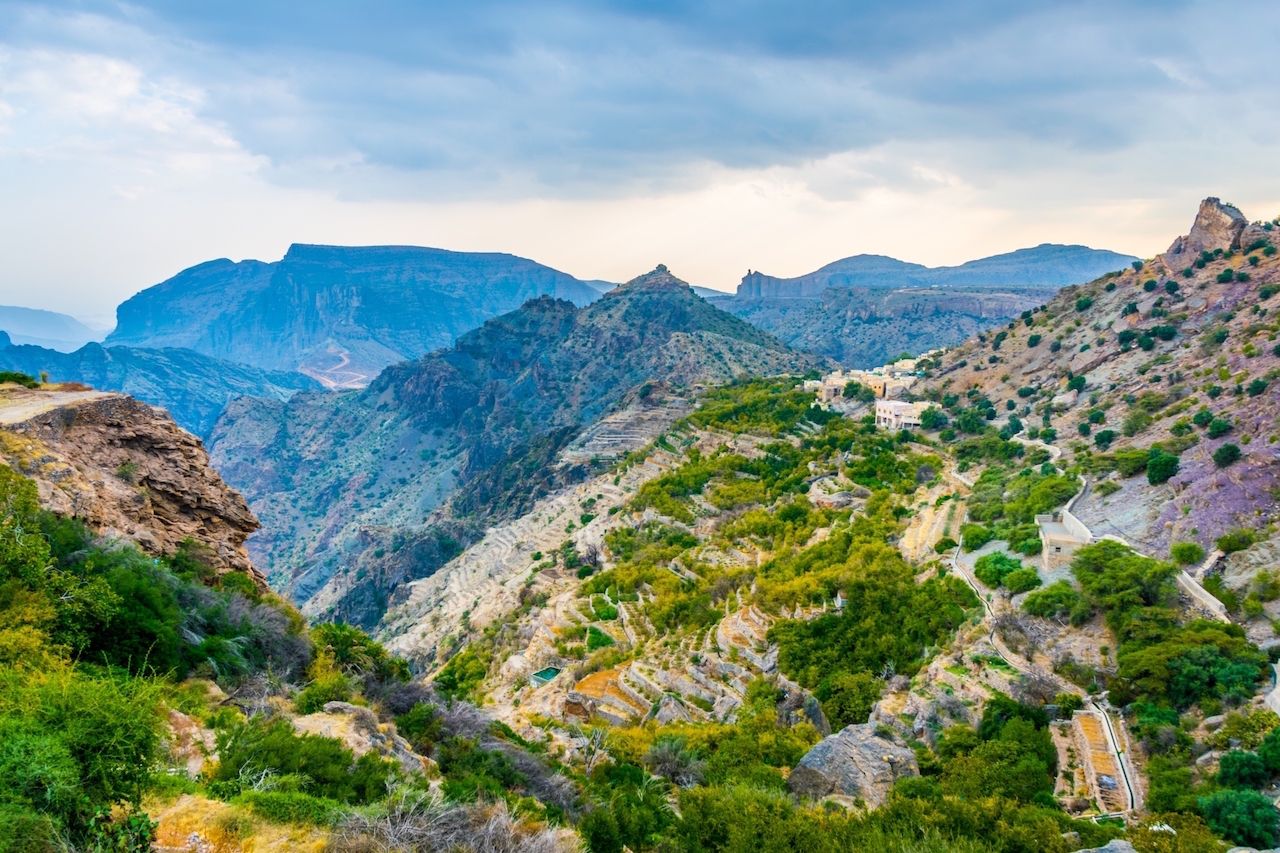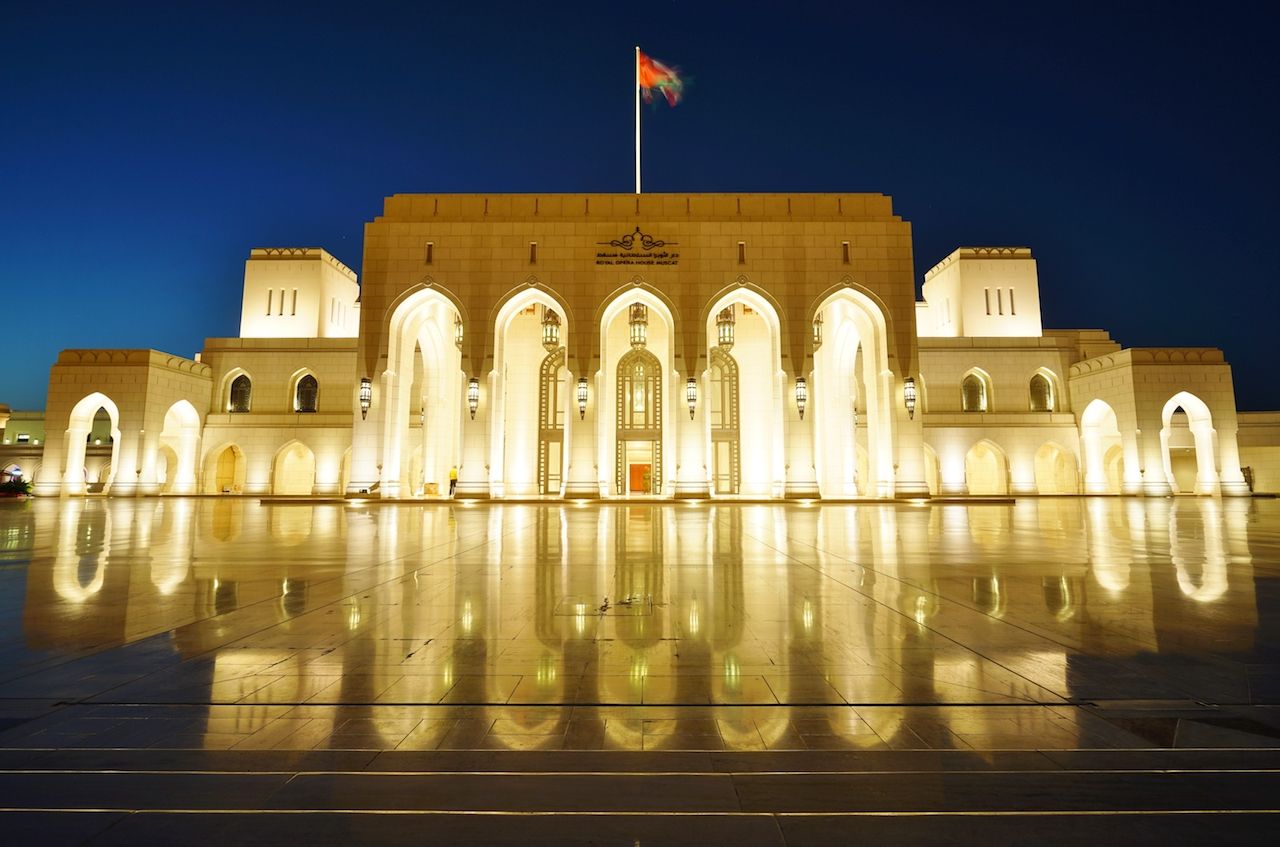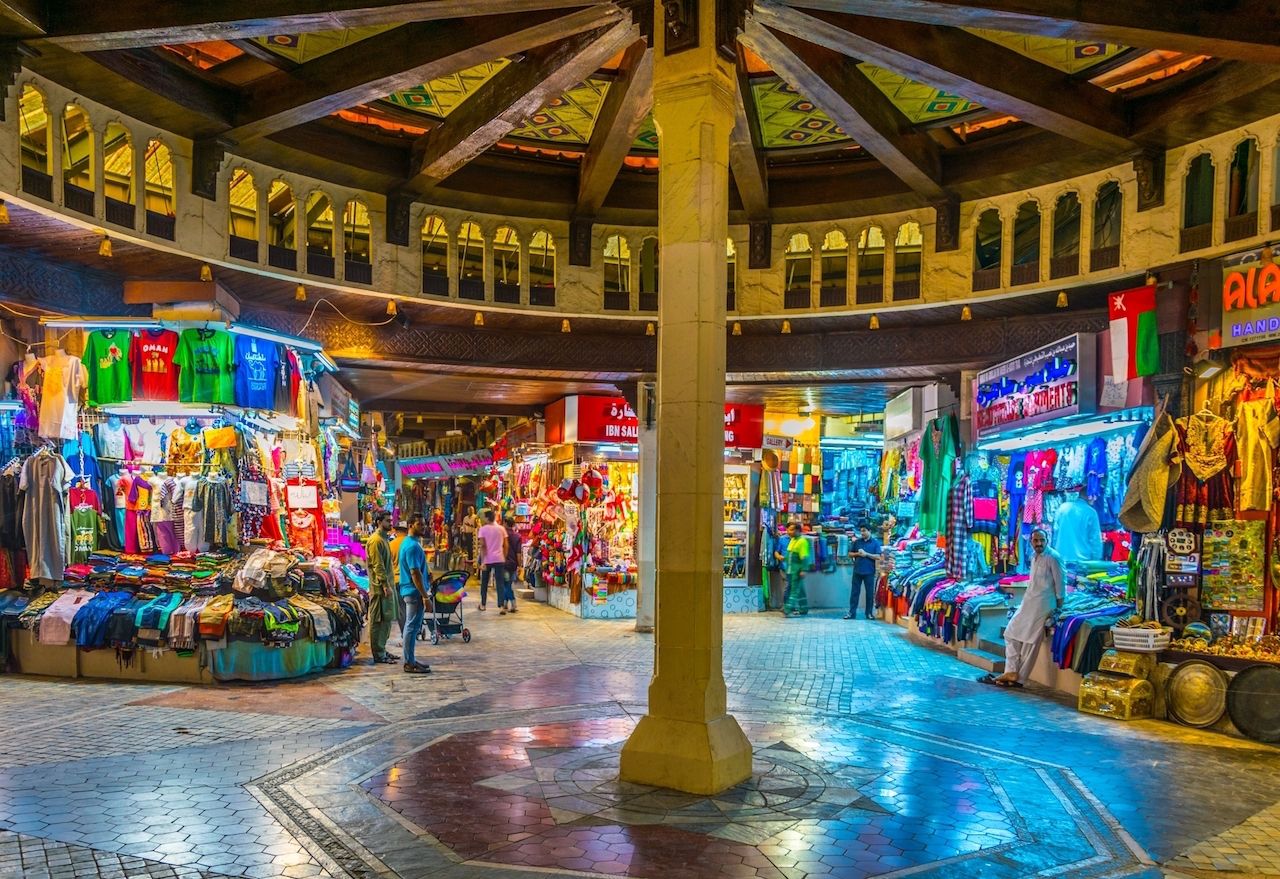Ah, Dubai. That glitzy desert mirage of five-star hotels, indoor ski slopes, and massive malls. Selling itself as the ultimate tourist destination, it offers a gilded version of Middle Eastern life. However, most travelers never see the real city behind the shiny facade. If you want to experience genuine Arabic hospitality, Oman is the place to go.
Set on the southeast coast of the Arabian Peninsula, this beautiful country feels a world away from the glitzy skyscrapers of the neighboring United Arab Emirates. Mainly closed to outsiders before 1970, the last few years have seen a huge amount of development in Oman — but, luckily, it still offers an authentic Middle Eastern experience. If you’re looking to see minarets instead of malls and experience history instead of hedonism, here’s why you visit Oman and its capital city, Muscat.
